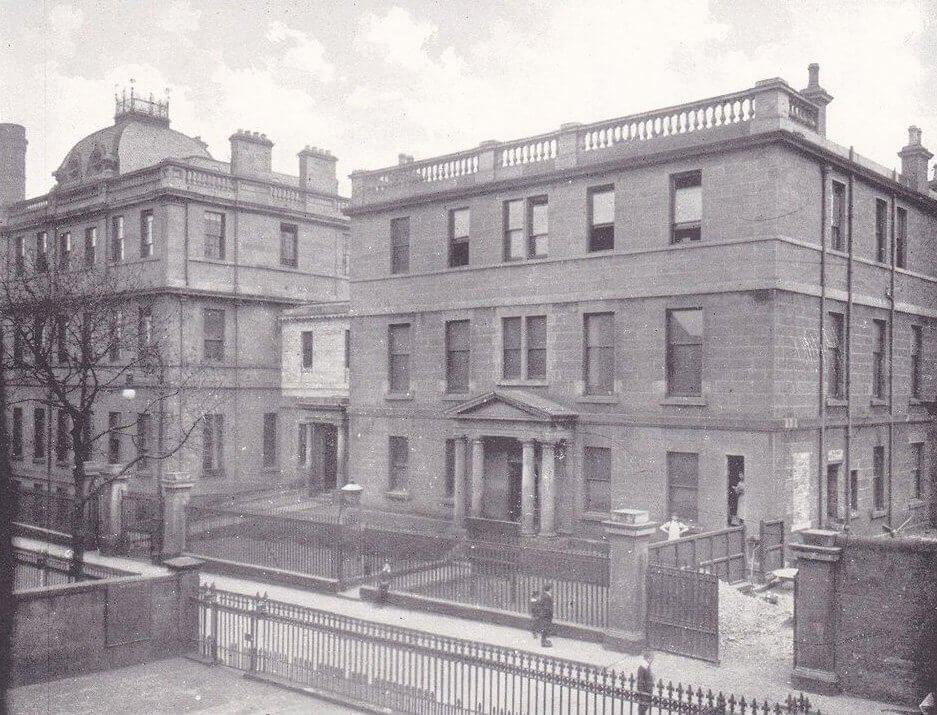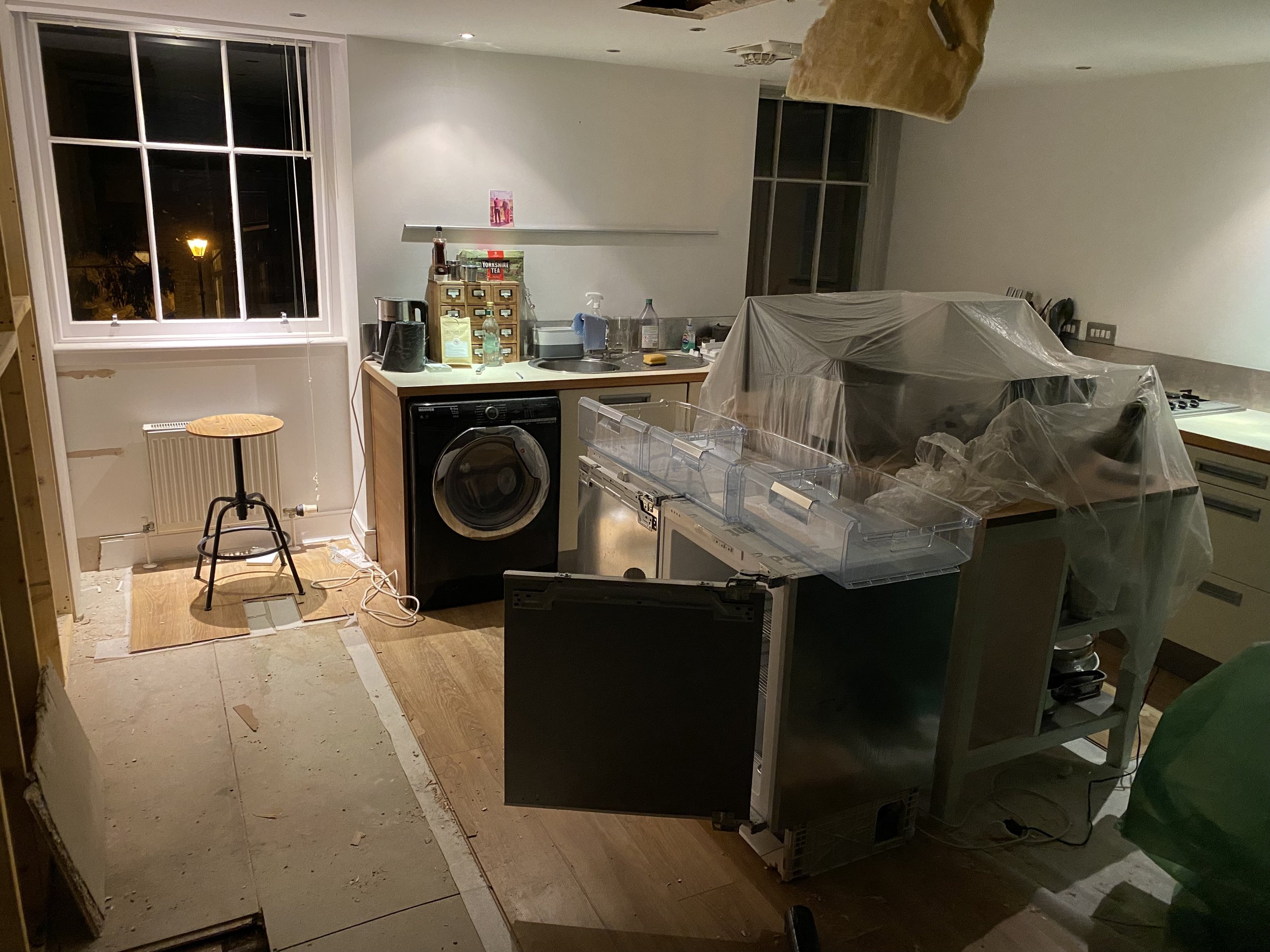
A Brief History of Leith Hospital
Leith Hospital, located on Mill Lane in Leith, Edinburgh, has a rich history dating back to the early 17th century. It began with the establishment of the King James Hospital in 1614, which was later demolished in 1822. The roots of Leith Hospital can be traced to the formation of the Leith Dispensary and Humane Society in 1825, which combined a dispensary and a life-saving society to provide medical services to the local community.
By the mid-19th century, Leith was a burgeoning independent burgh, and the demand for a dedicated hospital grew. In 1846, a public meeting led to the decision to establish "The Leith Hospital," and by 1851, the new facility opened its doors on Mill Lane. It initially included services for fever patients, a dispensary, and a casualty department.
Throughout its history, Leith Hospital expanded to meet the growing needs of the community. Notable developments included the appointment of the first district nurse in 1866 and the construction of several extensions, such as the surgical block opened in 1903. The hospital also played a pioneering role in medical education, being one of the first to allow women medical students to train there, following the establishment of the Edinburgh School of Medicine for Women by Sophia Jex-Blake.
In the 20th century, Leith Hospital continued to serve as a vital healthcare institution, joining the National Health Service in 1948. However, despite its significance, the hospital closed in 1987, and its buildings were converted into residential units. Efforts to keep the hospital open through local protests and petitions were unsuccessful.
The Female Surgical Ward circa 1900 (and the actual flat)
The Avocado Aesthetic
The hospital closed its doors to patients in 1987, and it wasn't until 2003 that the building was converted into residential flats. The female surgical ward was transformed into what was essentially a very large one-bedroom flat, featuring an open-plan kitchen and a mezzanine platform. By today's standards, the pale avocado decor might seem a bit dated, but in the mid-noughties, the decade marked by Tony Blair and Cool Britannia, it was no doubt considered the height of sophistication. However, what these flats possessed in turn-of-the-century style, they often lacked in practical use of space. Many of the flats within the development, including this one, contained vast amounts of unused space, some hidden behind walls and others in voids within the ceiling.
A Reimagined Space
By 2018, when the current owners acquired the property, the flat had seen decidedly better days. The once ‘sophisticated’ avocado walls had been replaced with plain white emulsion, and the laminate flooring along with the MDF kitchen had begun to rot and crumble, obscuring the former grandeur of this beautiful Victorian building.
It was at this point that the owners embarked on a four-year, painstaking project to reconfigure and restore the entire space. Their goal was to exploit the previously wasted space and transform the flat from a large one-bedroom into an even more spacious three-bedroom property. This involved building two additional bedrooms and a bathroom into a previously unused void in the ceiling and repurposing the mezzanine platform. The result is a stunning reimagining of the space, where ultra-modern elements blend seamlessly with heritage design to create a truly unique and functional living area.
“The Building Deserved Better”
"The building deserved better" is a sentiment often expressed on property development TV programmes like Grand Designs, and whilst it might sound cliché and even a little nauseating, it rings true for projects like Leith Hospital. This beautiful Victorian building, with its rich history, has been a vital part of the local community and truly deserved a more thoughtful approach. The initial 2003 conversion was cheap, inefficient, impractical and lacking in creativity. Fast forward 20 years, and the current owners have revitalised the property with the space and dignity that the earlier renovation failed to preserve. Today, whilst the property is available to rent on Airbnb, it remains the home of designer Fitch Richardson, who continues to restore it with a deep, personal commitment. This ongoing labor of love reflects a genuine dedication to both the building's heritage and its future.
























































